7 FunnelTrackr Alternatives for Smarter Funnel Tracking and Analytics
In today’s data-driven world, finding the right funnel tracking and analytics tool can make or break your marketing strategy. When you’re seeking FunnelTrackr alternatives, it can feel overwhelming, given the explosion of platforms designed to help businesses visualize their marketing funnels, integrate data sources, and drive performance. As someone who’s walked this path—through demos, trial periods, and plenty of comparison spreadsheets—I’m excited to share a comprehensive, human, and SEO-friendly guide to the best FunnelTrackr alternatives that can supercharge your marketing analytics.
Also read:
7 SEOCrafter Alternatives: The Best Tools for SEO Success
7 LeadIQly Alternatives
7 MarketLeap Alternatives: Comprehensive Guide to E-commerce Acceleration Platforms
7 BrandFloat Alternatives
7 TrendHive Alternatives for Trend Discovery in 2025
What is FunnelTrackr?
FunnelTrackr is a marketing analytics tool purpose-built to help agencies and marketers visualize, track, and analyze customer journeys across multiple channels. From sophisticated attribution models to customizable reporting dashboards, it’s a go-to for those craving actionable insights and improved conversions.
Why Look for FunnelTrackr Alternatives?
Let’s be honest: even the best tools don’t suit everyone. You might be here because FunnelTrackr isn’t the perfect fit—maybe it’s outgrown your needs, maybe it’s not integrating well with your stack, or maybe another tool’s features and pricing have caught your eye. There are several reasons users seek an alternative:
Common Reasons for Switching
- Pricing and Subscription Plans: As your team grows, so can the costs.
- Integration Limitations: Not every tool supports all your favorite apps out of the box.
- Reporting Depth: Some marketers want more customization than FunnelTrackr provides.
- Scalability: Businesses evolve, and your analytics platform needs to keep up.
- User Interface: A complicated dashboard can slow your workflow.
Choosing the Right Alternative
It’s important not to chase the shiniest features, but instead to match a platform’s strengths to your current and future needs. Consider what you truly need: Is it multi-channel data reporting? Seamless automation? White-label client reports? Keep these in mind as you review your options.
Key Features to Look for in a Funnel Tracking Tool
To narrow down your choice, focus on a few essential capabilities that distinguish the best funnel tracking and analytics platforms from the rest.
Multi-Channel Data Integration
You want a platform that easily connects with your marketing and ad platforms (think Google Analytics, Facebook Ads, Shopify, and more) without fuss.
Automation and Scheduling
Time is money—automated data imports, scheduled reporting, and task automation can help you focus on what matters, not repetitive manual work.
Custom Dashboards and Reporting
Every business is unique. Powerful visualization and reporting tools allow you to tailor dashboards, set custom KPIs, and deliver meaningful insights to different stakeholders.
Scalability and Pricing
Look for tools offering plans that grow with you, plus transparent pricing models that fit your budget, whether you’re a solopreneur or an enterprise agency.
Ease of Use for Teams and Agencies
An intuitive user interface (UI), simple onboarding, and collaboration features make the difference between a thriving workflow and analysis paralysis.
Top FunnelTrackr Alternatives
Let’s dive into the standout alternatives on the market right now, each with its own unique flavor and benefits.
1. Whatagraph
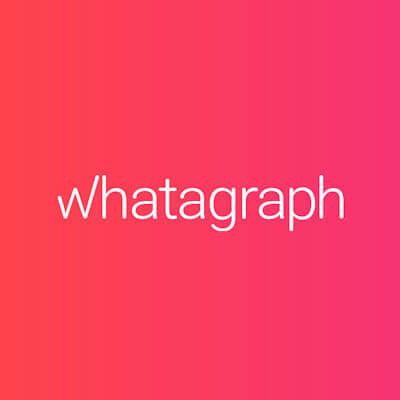
Whatagraph is an excellent choice for marketing agencies and teams who prioritize visually engaging, automated cross-channel reporting. Its drag-and-drop report builder makes creating custom reports simple and intuitive, even for those without deep technical expertise. Integrating seamlessly with over 40 native data sources like Google Ads, Facebook, and Shopify, Whatagraph enables users to consolidate data into attractive, white-labeled reports that can be scheduled and delivered automatically. This platform is especially valuable for agencies managing multiple clients because of its multi-client reporting capabilities. However, some advanced analytics and automation features may require premium plans, which could be a consideration for smaller teams with tighter budgets.
Key Features
- Drag-and-drop report builder
- 40+ native data source integrations, including Google Ads, Facebook, Shopify
- White-label options for agencies
- Automated delivery of custom reports
Pros and Cons
- Pros: Visually engaging; rapid onboarding; ideal for multi-client reporting.
- Cons: Advanced features can be pricey; some deep metrics require premium plans.
2. Coupler.io
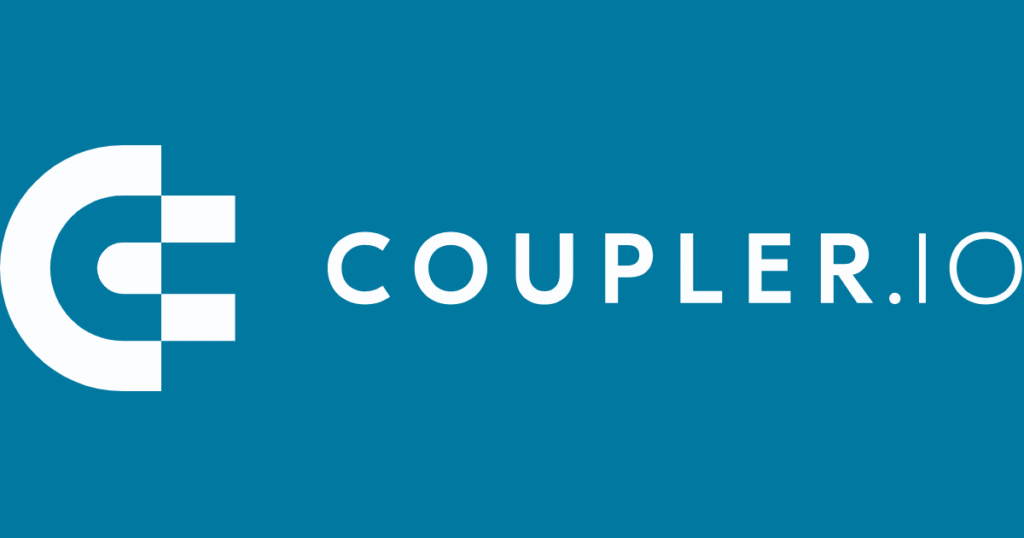
Coupler.io is tailored toward small businesses and teams seeking seamless and affordable data integration and automation. With support for over 60 data connectors, including popular tools like Airtable, Salesforce, and QuickBooks, it makes automated data exports and scheduled data transfers a breeze. Its data blending capabilities allow users to combine multiple data streams easily, which is great for creating consolidated views without complicated manual work. Coupler.io’s flexible free tier is perfect for those just starting or with modest data needs. However, its focus is more on migrating and blending data rather than providing deep or highly customizable reporting features.
Key Features
- Over 60 data connectors (to platforms like Airtable, Salesforce, QuickBooks)
- Automated data transfer scheduling
- Data blending from different sources with ease
Pros and Cons
- Pros: Simple to set up; flexible free tier; automation-first design.
- Cons: Focuses more on data movement than in-depth reporting.
3. Supermetrics

Supermetrics shines as a robust solution for data-driven marketers and analysts who want to centralize their marketing data into familiar tools such as Google Data Studio, Excel, or Looker Studio. With more than 90 data connectors, it supports an extensive array of marketing platforms, pulling in vast datasets and automating refreshes to keep reports up to date. This makes it ideal for teams that rely heavily on spreadsheets or BI dashboards for deeper insights and are comfortable with more technical setups. While Supermetrics offers powerful data aggregation, it can become expensive as users add more connectors, plus it has a steeper learning curve than more plug-and-play tools.
Key Features
- 90+ data source connectors
- Integrates with Google Data Studio, Excel, Looker Studio
- Automates data pulls and refreshes
Pros and Cons
- Pros: Robust data aggregation; lots of integrations; scalable for agency needs.
- Cons: Can get expensive with many connectors; initial learning curve.
4. Porter Metrics

Porter Metrics is designed for small to medium-sized businesses and marketers who want quick, easy-to-set-up reporting without a steep learning curve. Its strength lies in fast integration with key platforms—such as Facebook Ads and Google Ads—and offering pre-built templates that simplify the process of generating meaningful reports rapidly. Real-time update features and easy sharing enhance collaboration within teams. Porter is particularly suitable for users new to marketing analytics or those who prioritize simplicity and speed. However, it offers fewer connectors and analytics depth compared to enterprise-grade platforms, limiting those who need advanced features or multi-channel complexity.
Key Features
- Quick-connect to key ad platforms
- Pre-built templates for rapid reporting
- Real-time updates and easy sharing
Pros and Cons
- Pros: Fast to set up; affordable; perfect for those new to analytics tools.
- Cons: Limited to specific platforms (Facebook, Google Ads); not as feature-rich as enterprise tools.
5. Domo
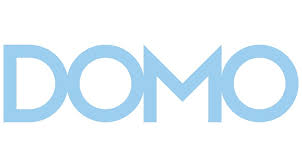
Domo is a heavyweight business intelligence and analytics platform designed for large enterprises that demand advanced dashboarding, data blending, and real-time mobile analytics. It supports an impressive range of over 1,000 data sources, including ERP and CRM systems, providing a unified platform for decision-makers needing granular and comprehensive insights. Domo’s cloud-native architecture and powerful API integrations allow for scalable and customized implementations, perfect for companies with large, complex data ecosystems. The trade-off is that Domo’s pricing and setup complexity are better suited for enterprises with dedicated data teams rather than small or mid-sized businesses.
Key Features
- 1,000+ data sources (including ERP, CRM, cloud storage)
- Mobile analytics, advanced visualization
- Scalable cloud architecture and APIs
Pros and Cons
- Pros: Enterprise-level security; incredible scalability; robust feature set.
- Cons: Pricing is enterprise-focused; setup can be daunting for smaller teams.
6. Adverity
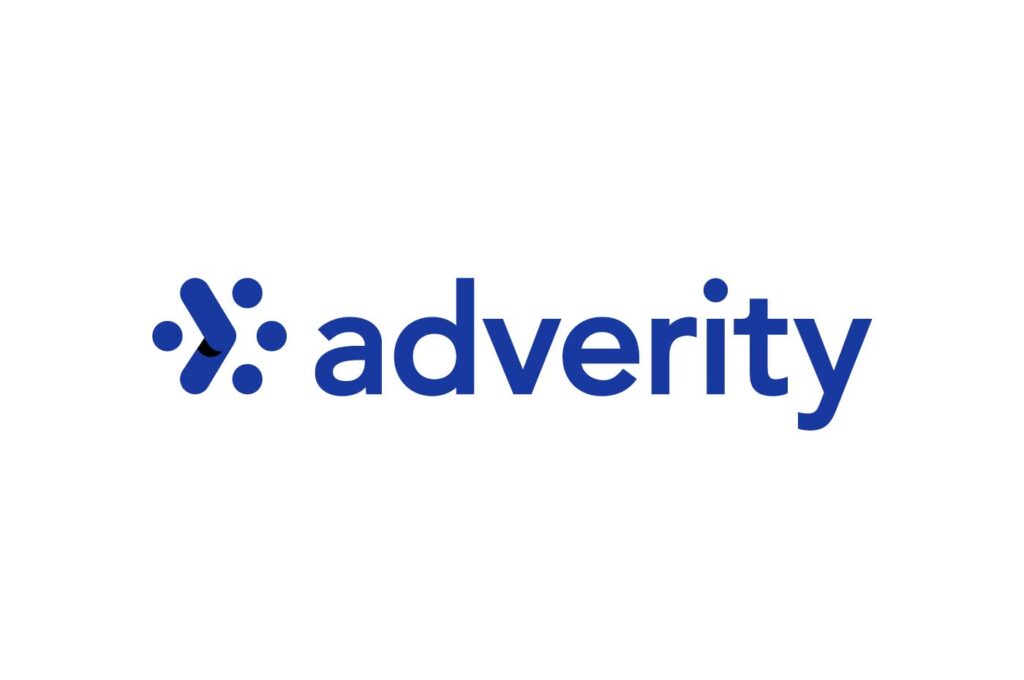
Adverity caters primarily to marketing agencies and brands that handle large volumes of complex data. With connectivity to over 600 data sources and AI-powered automation features, it streamlines data collection, cleansing, and transformation processes, offering advanced attribution modeling and actionable insights through custom dashboards. Its capability to handle highly granular datasets makes it ideal for organizations focused on sophisticated analytics and smart optimizations. While powerful, Adverity can be overly complex and costly for smaller teams or those with simpler reporting needs, requiring a certain level of expertise to fully leverage its capabilities.
Key Features
- 600+ connector integrations
- AI-powered automations and insights
- Advanced attribution models
Pros and Cons
- Pros: Handles big data brilliantly; smart analytics; deep integration options.
- Cons: Can be more than smaller teams need; higher learning curve.
7. NinjaCat
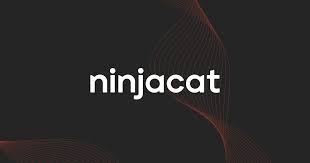
NinjaCat is a platform built specifically for marketing agencies focused on client reporting and automated PPC analytics at scale. With more than 120 connectors spanning marketing platforms and additional integration with phone call tracking, NinjaCat provides agencies with white-label dashboards that can be delivered seamlessly to clients, saving time while maintaining professionalism. The platform emphasizes automation and client communication, allowing agencies to streamline reporting workflows effectively. On the downside, NinjaCat’s internal analytics customization options are somewhat limited compared to broader BI tools, and pricing is custom, often reflecting its focus on larger, agency-scale operations.
Key Features
- 120+ connectors for marketing platforms
- Automated, white-label client dashboards
- Integration with phone call tracking and ad analytics
Pros and Cons
- Pros: Great for client-facing reports; easy automation; supports agency growth.
- Cons: Internal analytics customization is limited; pricing is custom on request.
Comparison Table: Overview of Alternatives
| Platform | Starting Price | Free Plan | Data Sources | Best For | Unique Strength |
|---|---|---|---|---|---|
| Whatagraph | $223/mo | Yes | 40+ | Agencies, marketers | Visual automation |
| Coupler.io | $24/mo | Yes | 60+ | SMEs, data automation | Seamless connectors |
| Supermetrics | $29/mo | Yes | 90+ | Data aggregation | Deep integrations |
| Porter | Custom | Yes | Major SMPs | Fast-start reporting | Templates, simplicity |
| Domo | Custom | Demo Only | 1,000+ | BI & Enterprise | Scale, visualization |
| Adverity | Custom | Yes | 600+ | Large data/agencies | AI insights |
| NinjaCat | Custom | Yes | 120+ | Agency reporting | Client dashboards |
How to Choose the Right Funnel Tracking Tool for Your Needs
Steps to Evaluate and Test Alternatives
- Define Your Core Needs: List must-have integrations, reporting types, and user access levels.
- Narrow the Shortlist: Compare the platforms from above against your top requirements.
- Test Drive: Always make use of demos, free trials, or sandbox environments to put tools through their paces.
- Assess Support and Community: Responsive support and helpful user communities can save you a lot of frustration.
- Plan for Growth: Choose a tool that can handle your growth, both in terms of features and pricing.
Key Questions to Ask
- Do you need white-label for client reports, or is this for internal use?
- Which marketing channels are non-negotiable for integration?
- What level of automation will actually save you time?
- How user-friendly should the dashboard and setup be?
- Will the platform scale as your campaigns or agency grows?
Final Thoughts and Recommendations
Choosing a FunnelTrackr alternative is about much more than features: it’s about finding a tool that seamlessly fits into your workflow, scales with your business, and equips you with actionable insights.
Summary of Top Picks by Use Case
- For Agencies Seeking Visual and Automated Reports: Whatagraph and NinjaCat shine for agencies managing many clients.
- For SMEs and Fast Reporting: Coupler.io and Porter Metrics stand out for accessibility and quick onboarding.
- For Data-Driven Teams and Advanced Analytics: Supermetrics, Adverity, and Domo are perfect for large data sets and complex reporting.
- For Enterprises: Domo and Adverity are the heavyweights—built for scale, advanced BI, and secure integration.







